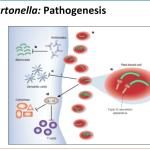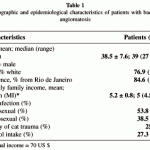
Coccidioidomycosis was first described as a disease a little more than a century ago in Buenos Aires, Argentina. It was in San Francisco that the organism causing the clinical disease was given its name, Coccidioides immitis. Many diseases were later found to be caused by this organism, including San Joaquin Valley Fever.









